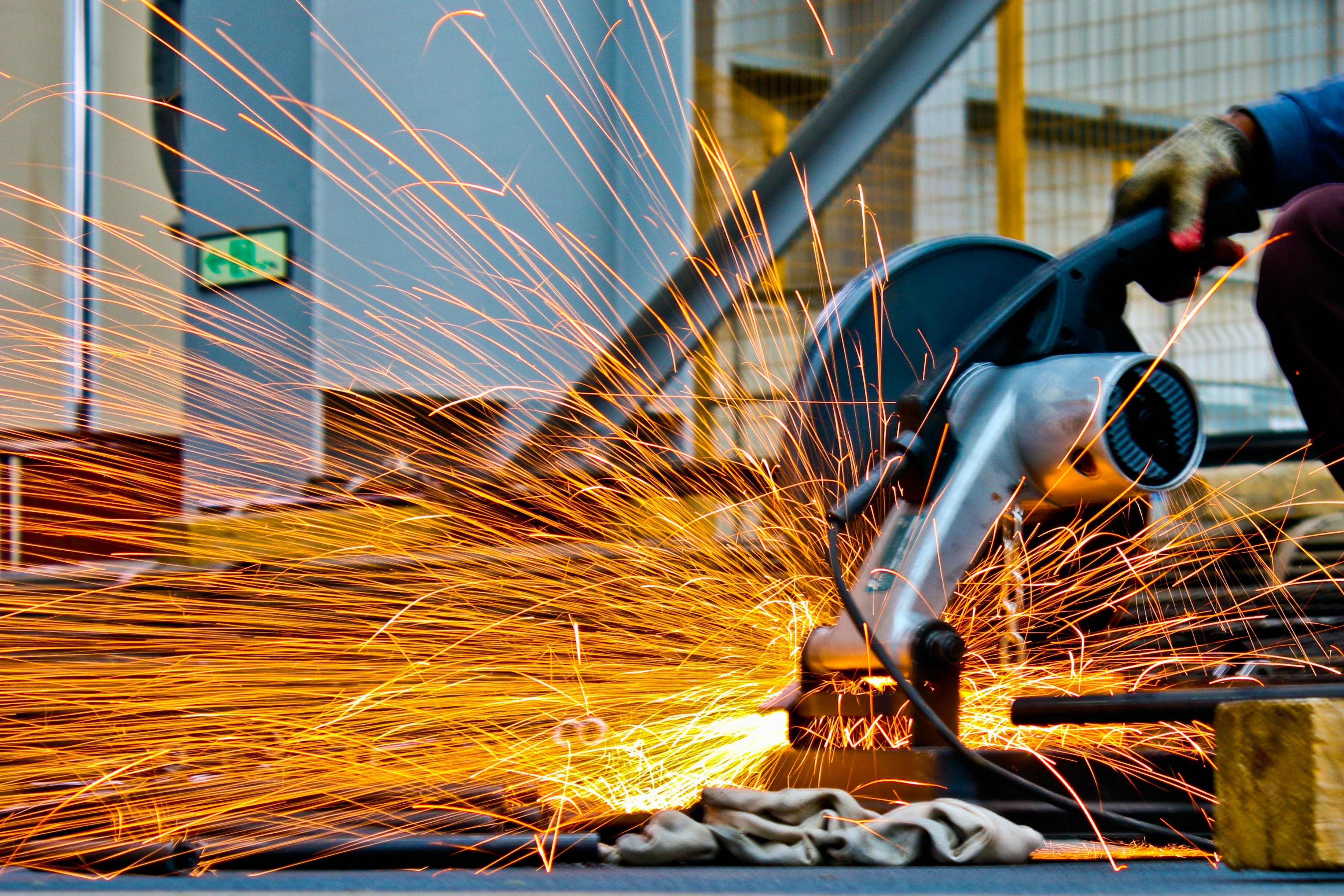R-410A, a popular refrigerant gas used in air conditioners and heat pumps, is often mentioned in discussions about refrigerant phase-outs. However, contrary to widespread belief, R-410A is not being banned globally. What’s happening is a gradual shift in refrigerant choices due to environmental concerns, regulatory changes, and industry trends.
Here’s why this confusion exists:
Environmental Impact
R-410A is a blend of hydrofluorocarbons (HFCs), which are potent greenhouse gases (GHGs). When released into the atmosphere, they contribute significantly to global warming. This has led to its inclusion in the Montreal Protocol and subsequent Kigali Amendment agreements aimed at reducing substances that harm the ozone layer and exacerbate climate change.
Although R-410A does not deplete the ozone layer (unlike its predecessor R-22), its high global warming potential (GWP) makes it a target for phasedown rather than an outright ban.
Regulations
Several countries, particularly in Europe and the U.S., are adopting stricter regulations on refrigerants with high GWP. In the U.S., the American Innovation and Manufacturing (AIM) Act aims to reduce the use of high-GWP refrigerants like R-410A by 85% over the next 15 years, replacing them with lower-GWP alternatives. Similarly, the EU’s F-Gas Regulation has set guidelines for reducing the use of HFCs.
However, R-410A is not banned outright. Instead, it's being phased out in favor of refrigerants with a lower GWP, such as R-32 or natural refrigerants like CO2.
Transitioning to Low-GWP Alternatives
While R-410A remains in use today, the industry is evolving. Manufacturers are increasingly shifting towards more eco-friendly options like R-32, which has a GWP of about one-third of R-410A. This transition is seen as a necessary step toward achieving global climate goals, but it's being implemented gradually, allowing existing systems using R-410A to remain operational.
Conclusion
R-410A is not being banned outright; instead, its use is being reduced as part of a broader push for more sustainable refrigerants. The shift is driven by climate policy, and while it might cause some confusion, it’s clear that the goal is to reduce the environmental impact of refrigerants, not to eliminate them entirely.
So, while R-410A may not have a permanent place in the future of HVAC systems, its gradual phase-out is part of an important environmental transition. The future of refrigerants is moving toward more sustainable options, and R-410A is just one step in the process.
